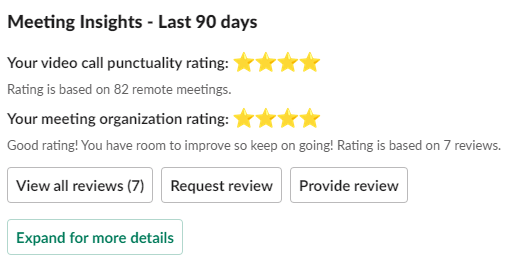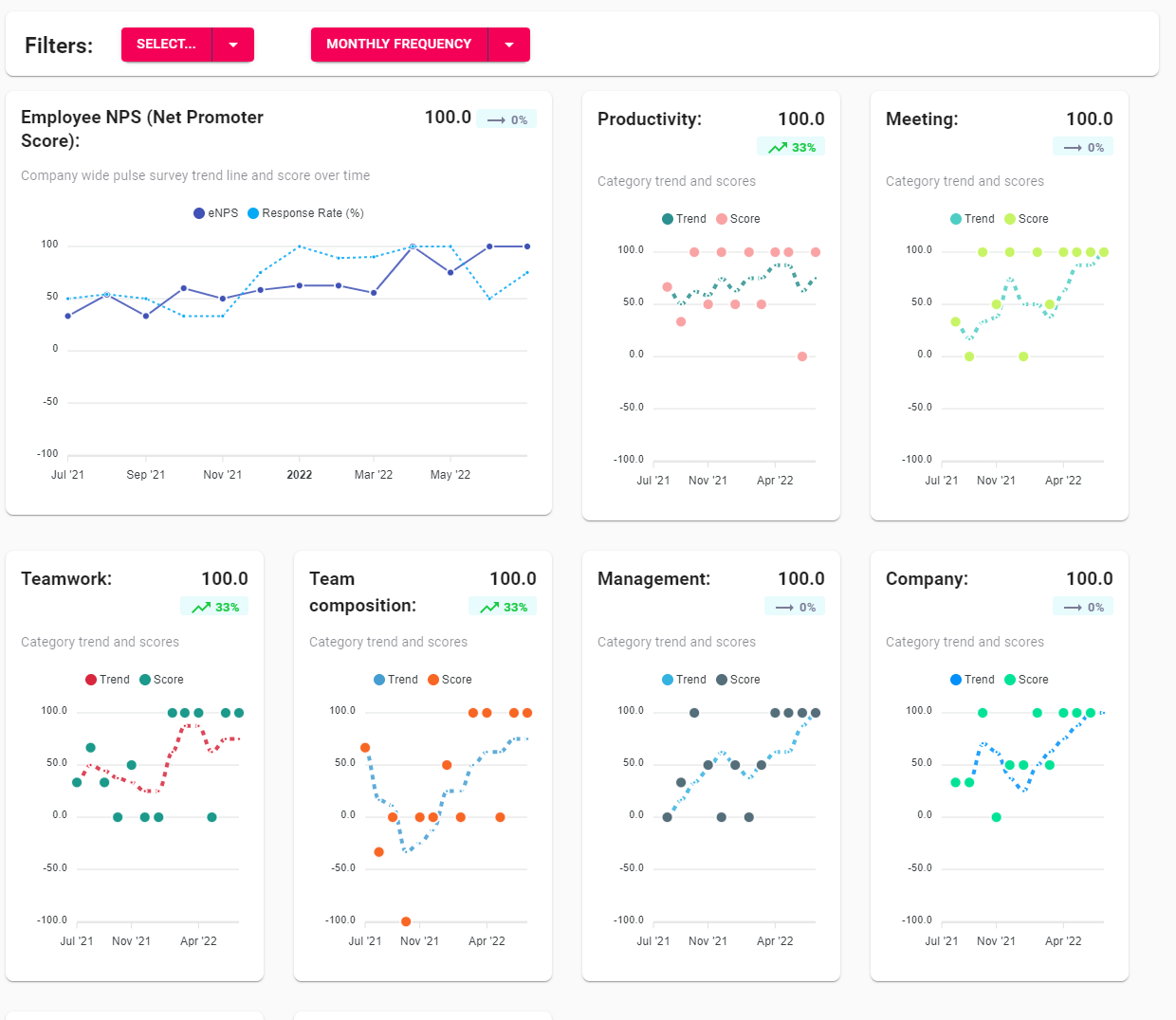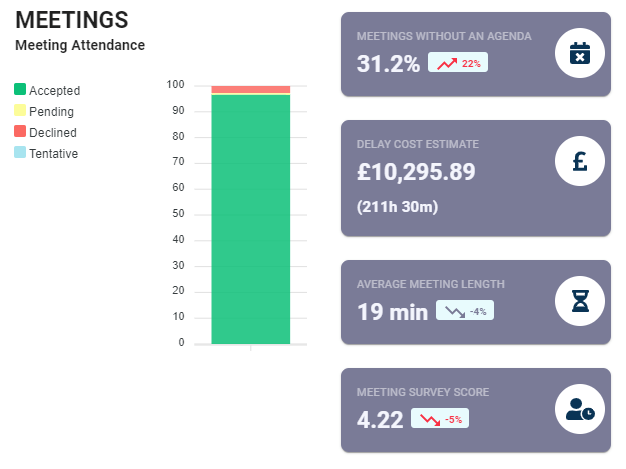Leaders play a critical role in fostering a culture of focus and productivity in the workplace. In this article, we explore the challenges employees face when trying to focus, and how leaders can help minimize these distractions. We also discuss the importance of setting realistic expectations, providing training and resources, and encouraging regular breaks. We provide practical advice and best practices for creating a supportive work environment that fosters focus and productivity.

Introduction
In today's fast-paced and constantly connected workplace, employees are struggling to stay focused and get their work done. With numerous distractions, unrealistic expectations, and a seemingly never-ending stream of incoming requests, it's no surprise that many people are finding it difficult to concentrate for more than a few minutes at a time.
The issue of workplace distractions and lack of focus is a serious one, with far-reaching effects. Crucial Learning's recent survey of 1,600 employees and managers showed that 60.6% of respondents rarely or never have an hour or two of deep, focused work each day without interruption. This lack of focus can lead to overwhelm, stress, decreased efficiency, and disappointment, resulting in decreased job satisfaction and overall productivity.
As leaders in the tech industry, it's important to address this issue and find ways to help our teams focus and get their work done more efficiently. In this article, we'll explore the root causes of workplace distractions and provide practical tips and strategies for creating a more focused and productive work environment.
The Root Causes of Workplace Distractions
In order to create a more focused and productive work environment, it's important to understand the root causes of workplace distractions. Some of the most common causes include:
Technology: The very devices and tools that were designed to make our lives easier and more productive can also be a major source of distraction. From social media notifications to endless email chains, technology can be a constant pull on our attention and make it difficult to concentrate.
Unclear Expectations: When employees are not sure what is expected of them or have conflicting priorities, they are more likely to become distracted and less productive.
Overload: With too many tasks and not enough time to complete them, employees can easily become overwhelmed, leading to decreased focus and increased stress.
Culture: The workplace culture can also play a role in workplace distractions. A culture that prioritizes constant connectivity and rapid response times can make it difficult for employees to unplug and focus on their work.
Physical Environment: A noisy, cluttered, or otherwise distracting physical environment can also make it difficult for employees to concentrate.
By understanding the root causes of workplace distractions, leaders can take steps to create a more focused and productive work environment.
%20(1)%20(1).webp?width=859&height=574&name=frustrated%20young%20business%20man%20working%20on%20laptop%20computer%20at%20office%20(2)%20(1)%20(1).webp)
The Impact of Distracted Work on Productivity and Engagement
The lack of focus in the workplace has far-reaching effects that can impact both productivity and job satisfaction. In the Crucial Learning poll of 1,600 employees and managers, respondents listed the greatest costs of their inability to focus as overwhelm, lack of energy, stress, decreased efficiency, less fulfillment, and disappointment. These negative impacts can create a vicious cycle, where employees feel less fulfilled, leading to further stress and decreased focus. It is essential to address this issue and find ways to help employees focus effectively.
When it comes to productivity, studies have shown that multitasking can actually decrease productivity by up to 40%. This is because the brain has to switch its attention between tasks, causing a cognitive switch cost. This can lead to decreased efficiency, longer completion times for tasks, and a higher error rate. Furthermore, when employees are distracted, they are less likely to retain information, leading to the need for more frequent repetition and a decrease in knowledge retention.
In addition to impacting productivity, the lack of focus can also lead to decreased job satisfaction. When employees struggle to focus, they feel overwhelmed, stressed, and less fulfilled. This can lead to decreased motivation, a lack of employee engagement, and higher turnover rates. Additionally, when employees are not fully focused on their work, they are less likely to have meaningful and impactful conversations, leading to decreased collaboration and teamwork.

Overall, the impact of distracted work on productivity and fulfillment cannot be overstated. It is essential for leaders to take steps to help their teams focus effectively and minimize distractions. By creating a supportive work environment, setting realistic expectations, and providing training and resources, leaders can help their teams be more productive, fulfilled, and satisfied in their work.
The Power of Metrics in Improving Focus and Productivity
It's not enough to simply understand the challenges that employees face when it comes to focusing at work. In order to effectively address these challenges and improve focus time and productivity, it's important to measure and track the right metrics. This is where Flowtrace comes in - our company analytics platform provides a comprehensive view of workplace apps and tools, and delivers valuable insights, metrics, and recommendations to leadership teams, managers, and employees.

One of the key benefits of using Flowtrace is the ability to measure the impact of different strategies and tactics aimed at improving productivity and focus. For example, you might track metrics such as the average length of time employees spend in meetings, the number of hours per day spent on email, and the number of hours per day spent on focused work.
By tracking these metrics, you can gain a deeper understanding of where time is being spent, what is driving distractions and interruptions, and what strategies are most effective at minimizing these issues. With this information, you can make informed decisions about what changes to make, and track the impact of these changes over time.
At Flowtrace, we believe that data-driven insights are key to unlocking the full potential of your workforce, and to building a more productive, efficient, and focused team. Whether you're looking to improve collaboration, streamline communication, or create a more supportive work environment, our platform provides the tools and insights you need to drive real change and achieve measurable results.

Measuring Focus with Flowtrace
In this chapter, we will introduce Flowtrace and its ability to help organizations measure and improve focus in the workplace. Flowtrace is a company analytics platform that provides insights, metrics, and recommendations for leadership teams, employees, and managers on how to make work better. By analyzing workplace apps and tools, Flowtrace provides a 360-degree view into the internal workings of a business, covering productivity, communication, meeting culture, collaboration, and engagement metrics.

One of the key features of Flowtrace is its ability to measure focus time. Our platform provides metrics on focus-related topics, such as meeting overload, cross-functional collaboration, information flow, process visibility, and workplace culture. With these metrics, organizations can prioritize the aspects of their internal business that need improvement and focus their efforts on making meaningful changes.
For example, Flowtrace can provide metrics on the number of meetings taking place each day, the duration of each meeting, meeting pucntuality, and the number of attendees. By analyzing this data, organizations can identify areas where they may be having too many meetings, or where meetings are taking longer than necessary. They can then make changes to improve their meeting culture and reduce meeting overload.

Similarly, Flowtrace provides metrics on inter-team collaboration, information flow, and visibility. With these metrics, organizations can identify areas where they may be struggling with inter-team collaboration, where information is not being shared effectively, or where there is a lack of visibility into the workings of remote teams or core processes. By addressing these pain points, organizations can improve their overall focus and productivity.
As we have seen throughout the article, Flowtrace is a valuable tool for organizations looking to measure and improve focus in the workplace. By providing insights and metrics on a variety of focus-related topics, organizations can prioritize their efforts and make meaningful changes to improve their internal workings and overall productivity.
